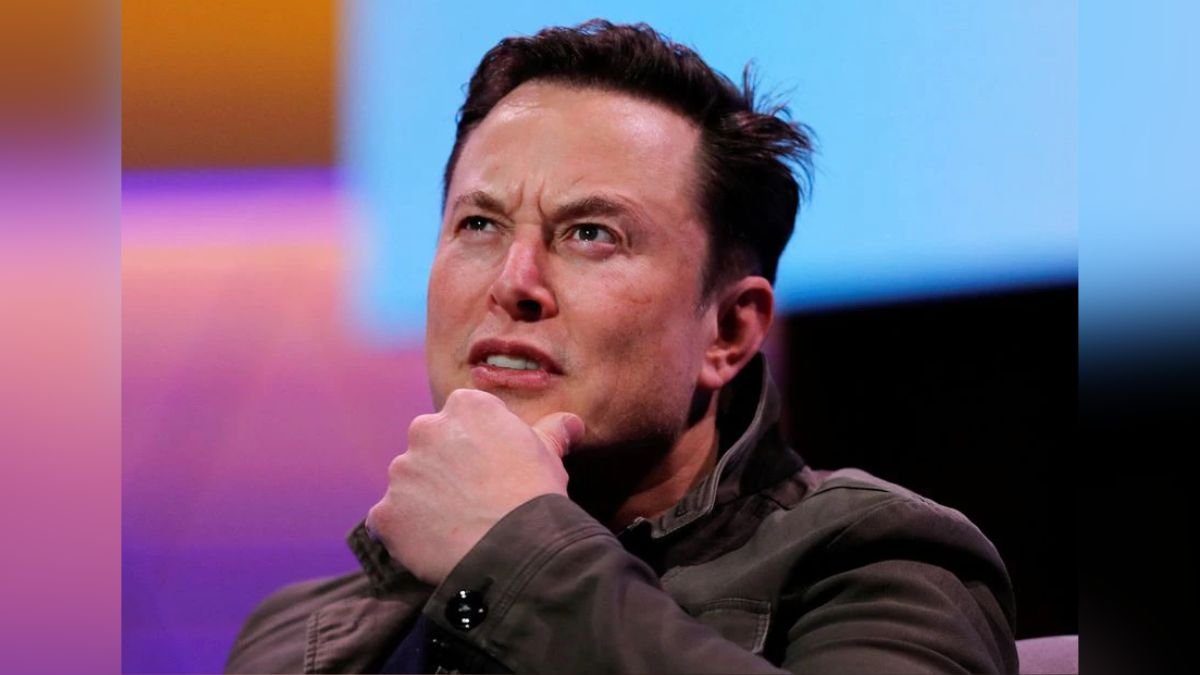OpenAI has become a common name as artificial intelligence (AI)-powered chatbots are now dominating the narrative in the corridors of technology companies.
However, Elon Musk, among many others, has been criticizing OpenAI – the US startup that developed ChatGPT – for quite some time. The Twitter CEO once again hit out at the Microsoft-funded company, asking how it became a $30 billion profit max company.
“I’m still confused as to how a non-profit to which I donated $100 million somehow became a $30 billion market cap for-profit. If this is legal, why doesn’t everyone do it?” he said in a reply to a tweet.
OpenAI was founded as a non-profit artificial intelligence research company in 2015. Musk in February this year raised the same question, saying OpenAI was formed as an open source (which is why it was named “Open” AI), to serve as a counterweight to Google.
“But now it has become a closed-source, maximum-profit company effectively controlled by Microsoft. Not what I intended at all,” he said, criticizing Microsoft for making profits via OpenAI.
It is noteworthy that Musk was one of the co-founders of OpenAI. He stepped down from the board of directors in 2018 and no longer holds any stake in the company. They have also blocked OpenAI’s access to the Twitter database.
Recently, Microsoft announced a supercomputer built with OpenAI to make AI chatbots more robust. The Windows maker invested $1 billion in OpenAI in 2019 and agreed to build a “huge, state-of-the-art supercomputer”. Earlier this year, the company committed another $1 billion to grow that partnership.
The Microsoft-funded AI company has opened its language models to businesses that can use the technology to build chatbots and enhance their user experience. It has seen a lot of traction, which may be due to being the first company to offer multiple GPT models.
Recently, Facebook-parents Meta and Google also announced the availability of their AI models for limited testing.
OpenAI recently announced the GPT-4 language model that “can tackle challenging issues with improved accuracy” and is “more creative and collaborative than ever before.” According to the company, GPT-4 can generate, modify and repeat tasks associated with creative and technical writing. It can create both text and graphics.
It also claimed that the newly launched model would generate fewer factually incorrect responses. GPT-4 scored in the 90th percentile on the mock bar test, 93rd percentile on the SAT Reading test, and 89th percentile on the SAT Math test.
“What will be left for us humans to do? We better get a move on with Neuralink!,” Musk reacted earlier this week.
Read More:
- Elon Musk Reacts To ChatGPT-4 Passing Exam: “What Will Be Left For Us Humans To Do?”
- Elon Musk Reacts to Cathie Wood’s Bold Tweet
- Fauci hits back at critics like Elon Musk, who have called for his prosecution, saying ‘I wish I could figure out what the heck they’re talking about’
- Gary Lineker Challenges Elon Musk After Son Abused On Twitter
